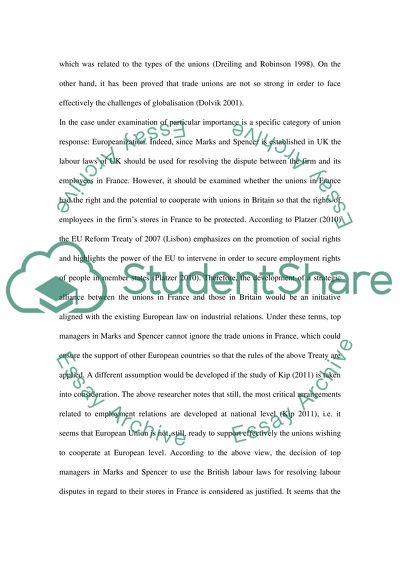Cite this document
(Analysis of Marks and Spencer Case Assignment Example | Topics and Well Written Essays - 2000 words, n.d.)
Analysis of Marks and Spencer Case Assignment Example | Topics and Well Written Essays - 2000 words. Retrieved from https://studentshare.org/law/1445100-international-human-resources-industrial-relations
Analysis of Marks and Spencer Case Assignment Example | Topics and Well Written Essays - 2000 words. Retrieved from https://studentshare.org/law/1445100-international-human-resources-industrial-relations
(Analysis of Marks and Spencer Case Assignment Example | Topics and Well Written Essays - 2000 Words)
Analysis of Marks and Spencer Case Assignment Example | Topics and Well Written Essays - 2000 Words. https://studentshare.org/law/1445100-international-human-resources-industrial-relations.
Analysis of Marks and Spencer Case Assignment Example | Topics and Well Written Essays - 2000 Words. https://studentshare.org/law/1445100-international-human-resources-industrial-relations.
“Analysis of Marks and Spencer Case Assignment Example | Topics and Well Written Essays - 2000 Words”, n.d. https://studentshare.org/law/1445100-international-human-resources-industrial-relations.


